PDO Thread Lift
PDO Thread Lift
Tightening your skin with the help of collagen production is now easier than ever before! Polydioxanone threads (PDO threads) are placed beneath the surface level to create a firmer look. These cosmetic non-invasive treatments work by suturing them into place, where they will stimulate new cells that produce more elastin and collagen for an instantly smoother appearance in just one month's time without surgery or downtime associated therewith - making you look and feel younger than you have in years.
The treatment is beneficial in reducing fine lines, wrinkles, and improving collagen production. The thread comes in multiple textures for customized procedures. It's a cosmetic non-invasive treatment that tightens the skin tissue by the induction of collagen production. The process includes the insertion of absorbable polydioxanone threads. The threads are sutured into the subcutaneous skin layer with the help of small sterile needles.
Benefits of PDO Thread Lift:
- Wrinkle Reduction - While wrinkles and fine lines are a natural part of aging, for deeper lines PDO Thread Lift is perfect. This is best for individuals who have deeper lines and wrinkles but are not ready for a full face lift.
- Lasting Effects - While the results are not permanent they are longer lasting than many other facial and dermatological skin treatments.
- Instant Results - Unlike with many other skin treatments, with a PDO Thread Lift, results are instant after the procedure. You don't need multiple sessions to see the results.
What to expect:
Treatment
Thread lift uses a suture or medical grade thread that is either smooth or has barbs on it that is used to lift areas of the skin and promote collagen to improve areas of sagging and wrinkling. It is generally used in the face but can be used in other areas as well. It can be used to lift the cheeks or jaw line to provide a type of facelift to improve the look and youthfulness in someone's face but it's not to be confused with a traditional facelift as it's not the same thing.
PDO stands for the type of material the thread is made out of, it's short for Polydioxanone and they come in different versions as well like PLLA which stands for poly-L-lactic acid and there are other types but the general term PDO has stuck so people in general know about it by that name.
The thread is dissolvable and dissolves in 6 months while keeping the skin tighter in the position you placed it while promoting collagen. It can also be used to lift the eyes to create a cat-like eye lift where the corner of the eye is slanted upward creating that cat eye look that people use to get with makeup and also used to lift the eyebrows to create a brow lift that we also can obtain using Botox.
We numb the area with a local anesthetic like lidocaine and then create a small hole in the skin using a needle and then the thread is pushed under the skin using a blunt needle know as a cannula which is like a regular needle but isn't sharp on the end which decreases the chance of injury and then we pull the cannula out while pulling back the skin smoothly over the thread which catches and holds the skin in place creating a lift.
Downtime
There is no downtime with the procedure and after there can be some bruising and redness but there are multiple things you need to do weeks after to ensure no complications like avoiding heavy lifting or strenuous activity for 2 to 3 weeks, resting for the first 48 hours, icing the area for a few minutes 4 to 5 times a day for the first week .
You need to restrict facial movements for a day, avoid make up or facial cream for at least 48 hours, not drink with a straw and focus on drinking liquids or eating soft foods for at least a week. No gum chewing for at least two weeks. Keep your head elevated for a week to 45 degrees and not to bend over in any position that puts the head lower than the heart for at least 7 days and in general avoid straining.
Side Effects
PDO thread lifts have a much lower risk of complications than facelift surgeries. There is less risk of scarring, severe bruising or bleeding when performed by a trained professional. Minor complications occur in 15 to 20 percent of procedures but are usually easily corrected. Potential complications include visible sutures (especially in people with thin skin), pain, minor bruising, infection, accumulation of blood (hematoma), inflammation, dimpling, hair loss, salivary gland injury

